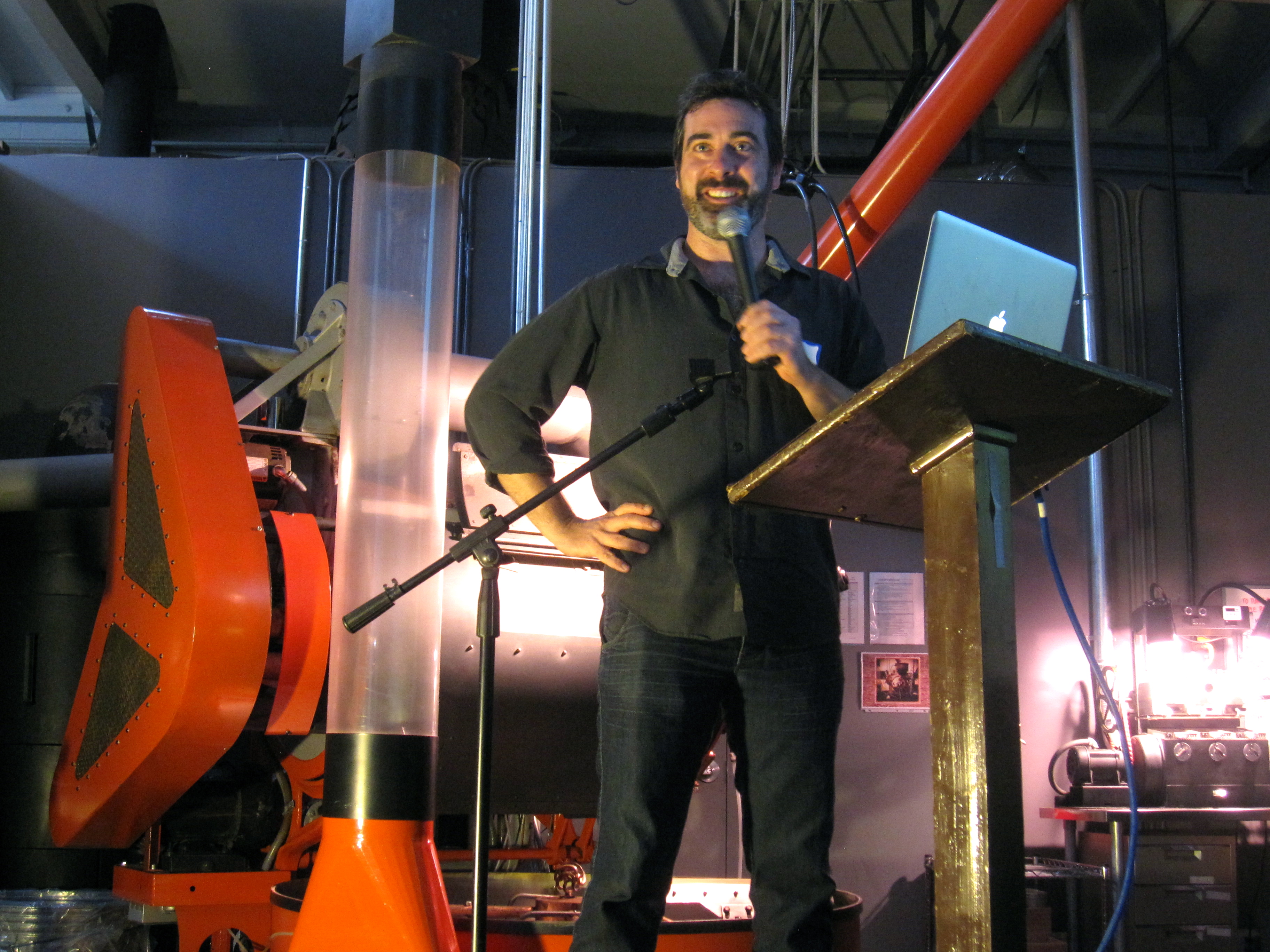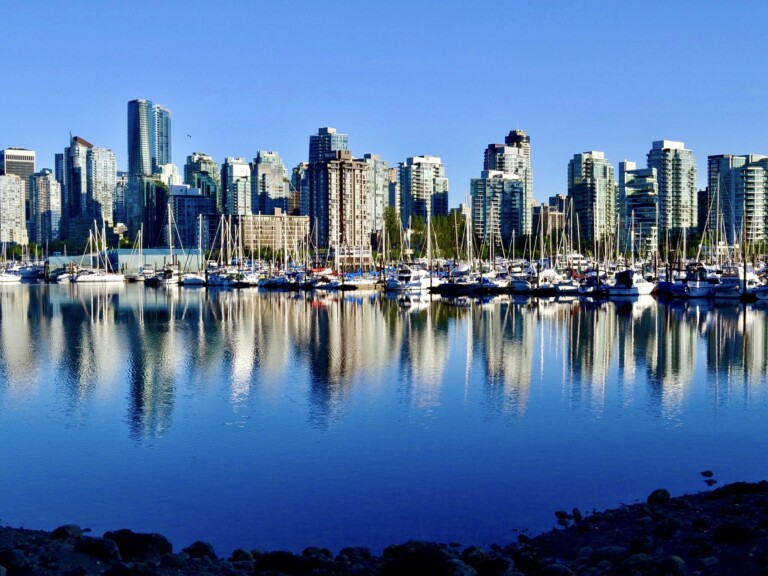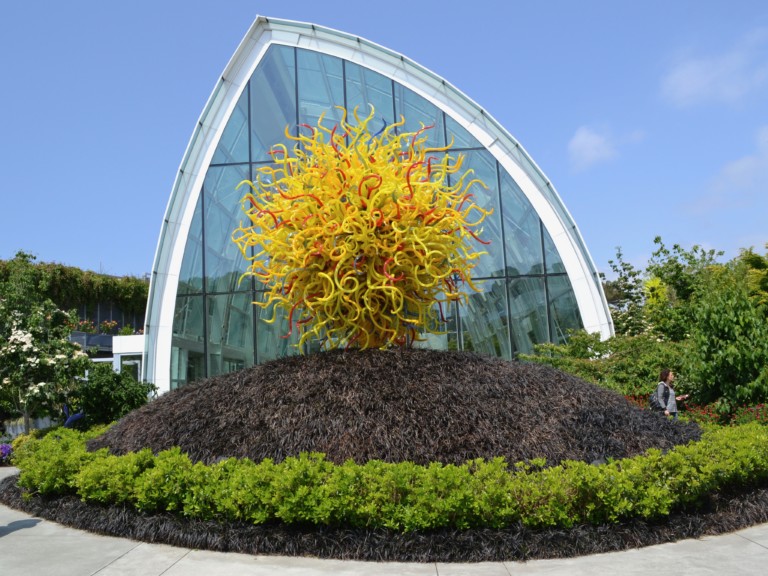STORY CONTINUED FROM PREVIOUS PAGE
11. You have to wait for [coffee] to get fully ripe, just like any other fruit. You’ve all eaten a green banana and know how it tastes. It’s dry. It’s astringent. It doesn’t have a lot of sweetness. It’s exactly the same thing that will happen with coffee if it’s picked too early.
12. Ripening is not happening at an even rate, so what that means, is the farmer, if they want to pick only ripe cherries, they’re going to have to go back to that same tree, over and over again many times during the harvest season, over a period of three months, and only pick the ripe ones…That’s going to be more expensive, because instead of paying one person to go out one time and strip the branch, you’re paying a bunch of people and go out there and pick one by one, only these ripe cherries.
13. Most coffee pickers are paid by volume, so they get paid per lot, per kilo, what they pick per day. Obviously their motivation would be to pick as much as possible, so if you’re a farmer, and if you want better quality, you need to decide to pay the workers more so they have incentive to pick more selectively. Otherwise, if you say, “Only bring me red, but I’m going to pay you the same as everybody else pays,” well, they’re going to go to another farm that doesn’t care about the red cherries.
14. On Burundi coffee cooperative: Sometimes they’re coming from three kilometers away with a little bag of cherries that they picked that day, carrying it all the way to the washing station. They put it up here and then they handpick out everything that’s not perfectly red. It’s a lot of work that goes into this. And then there’s one more thing you can do. After you’ve sorted the coffees by color, you can throw your coffees into water, and the ones that have lower density can float. You can remove those, and that’s going to end up improving the quality of your coffee, but now, you’ve just lost another 10% of your coffee. Now you’re down to 80% of what you started with, which means our price to them has to be 120% more than what they would have gotten, at the very minimum, just to cover that loss.
15. There are three basic ways to process coffee, dry process, pulp natural or hung processed, and fully washed.
16. In the unwashed process, you take the cherry out of the tree and just dry it as is. This is a very common sight in Yemen, most of east Africa, where they do dry processing, it will be people on their rooftops or outside the front of their house, cherries drying. But really washed process accounts for the majority of what we buy. Those are the coffees that tend to be the cleanest tasting, the most acidic nuance, and that’s what we’re after, most of the time. There are coffees that we buy that are semi-washed that we really like for their body and sweetness, but generally speaking, our favorite coffees tend to be washed. To wash, you have to start by de-pulping the coffee, which means you remove it from the cherry skin. You can do this a lot of different ways.
17. The layer of honey that’s on the outside of the seed is called mucilage. It’s slimy and it’s sweet, and you have to get it off there, preferably completely and preferably in a short amount of time. Otherwise it provides food for bacteria which starts to eat and provides a lot of off flavors in the coffee.
18. Freshly pulped coffee goes through a process of fermentation, which can take anywhere from six hours to 70 hours, depending on how you do it, and where you’re located. This is another place where a farmer has to make a decision, and it’s a decision about efficiency and expediency or higher potential quality. If you try to do it as fast as you can, you obviously save time, you save money, you save labor, and it’s very possible you can get an okay result, but you can also choose to slow it down…That whole time, the embryo within the seed is still alive, and it’s chemically active. It’s preparing itself for germination. So it’s developing amino acids. The acids start production, changing within the seed, and this is a good thing for flavor…It’s one of the reasons why Kenyan coffees and Ethiopian coffees tend to have so much sparkle, electricity and delicious nuance in the acidity, because they employ these techniques more often than farmers in Latin America.
19. An emucilager is a mechanical way of taking the pulp off and preparing the coffee for grind. In places that are having water shortages, it’s a great, great, great solution, because it uses about 40 times less water than your standard fermentation process. We work, in particular, in parts of Ethiopia, with farmers who have water shortages and where it would be irresponsible for them to be taking water that could be used for drinking, and using it to wash coffee.
20. After de-pulping and fermentation, there’s a washing stage. You have to wash it one more time to get all the last little bits of mucilage off, and you can see here, there are people picking every tiny cherry bit out, so that they can get the cleanest possible cup they can. They don’t have to do this. They can sell the coffee just fine, but they choose to do it because they want more quality. Again, now you’re talking about paying people to sit there and pick little pieces of fruit out of the tank.









Leave a Comment